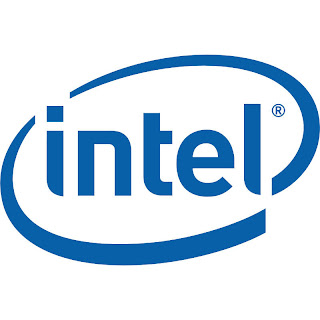A new Sysinternals Suite release is now available for download for the owners of PC running under the Windows client.
In the latest release, made available on Monday, brings along updates for four of the tools that can be downloaded either as part of the Suite or as standalone applications.
In the new Sysinternals Suite 1.0 Build 05.12.2011, users will find that Autoruns was updated to version 11.2, that Disk Usage (DU) is now up to v1.4, that Process Explorer was updated to v15.1, and that the
new version of Strings is v2.42.
In a recent post on the Sysinternals Site Discussion website, we learn what exactly was changed with each of the aforementioned components of the Suite:
Autoruns v11.2: This update fixes a bug in the jump-to-folder function when executed on disabled items and correctly locates print monitor DLLs when they are stored in print monitor-specific system director
Disk Usage (DU) v1.4: This update to Du, a command line utility for analyzing the disk space consumed by directories, adds a CSV output option, accounts for the file system cluster size in its on-disk size calculations, and includes alternate data streams.
Strings v2.42: This Strings release fixes a bug that would result in a crash when the –n or -b options are specified without a file name.
And there is also the new Process Explorer v15.1, which comes with a new set of Windows 8 features by offering a new highlighting color for processes hosting immersive applications.
Moreover, it now “shows immersive application package names in process tooltips and as a new process view column, lists AppContainer and capability SIDs in the process security properties, and updates the GPU support to be compatible with Windows 8.“
“Other enhancements include GPU memory counters with more descriptive labels, display of the logon session ID on the security properties, and reporting of suspended processes as suspended in the CPU usage column,” the aforementioned blog post reads.
The blog entry also points us at a recent article coming from Mark Russinovich himself, called The Case of the Installer Service Error, in which he looks into how a network administrator used Process Monitor to find issues with Windows Intune installer.
Sysinternals Suite 1.0 Build 05.12.2011 is available for download, via this link.



 12/06/2011 10:26:00 PM
12/06/2011 10:26:00 PM
 dannzfay
dannzfay
































